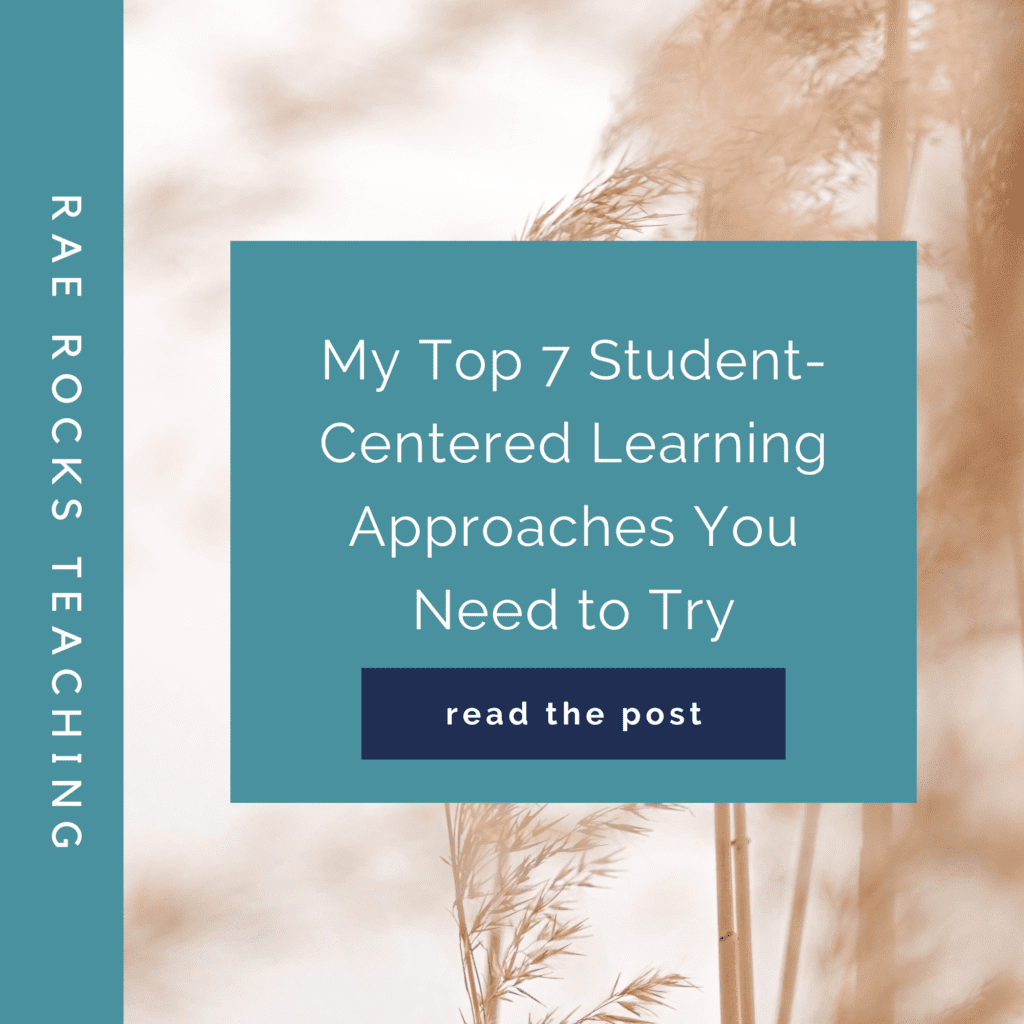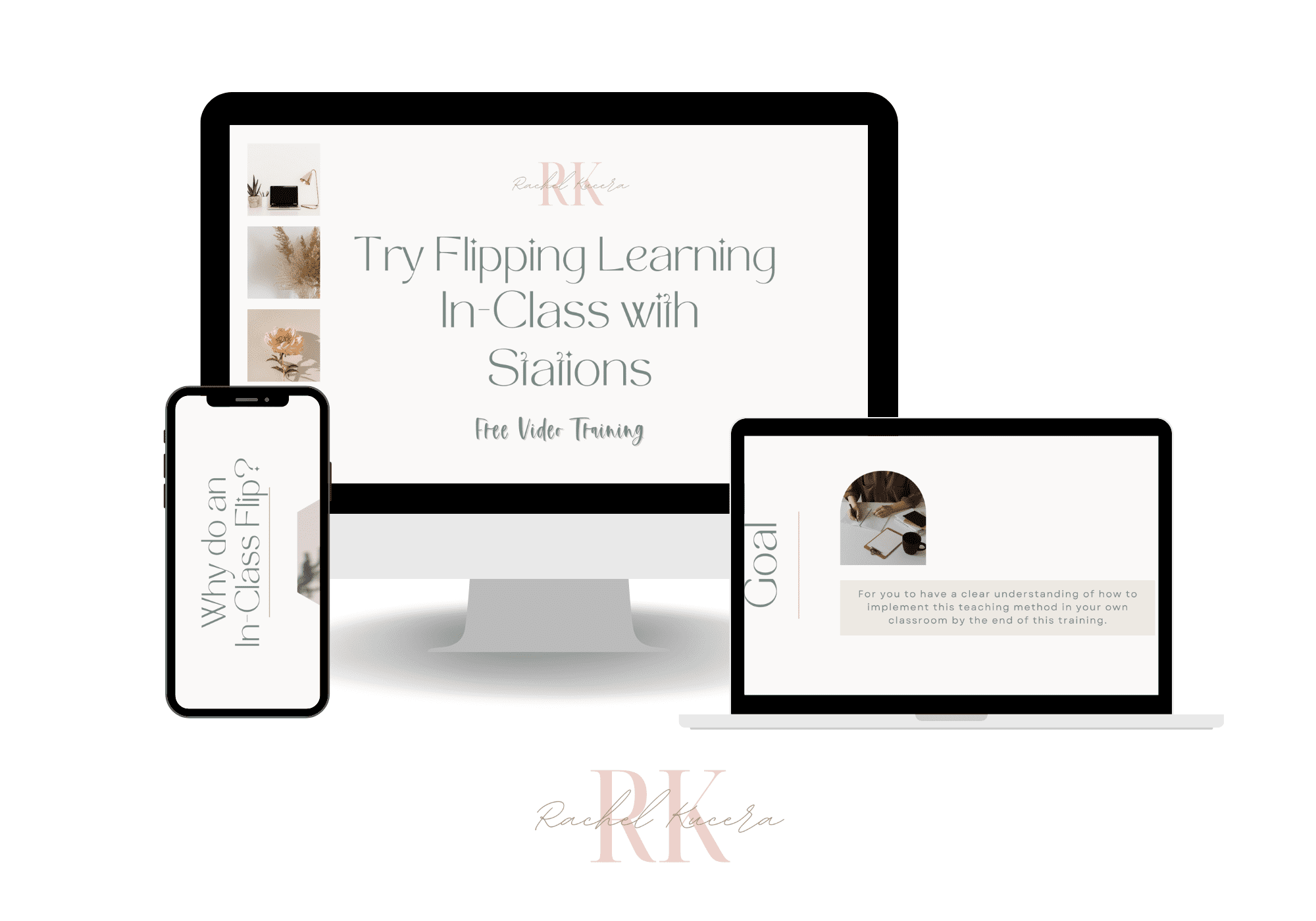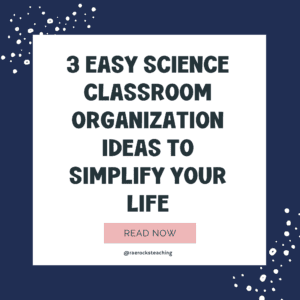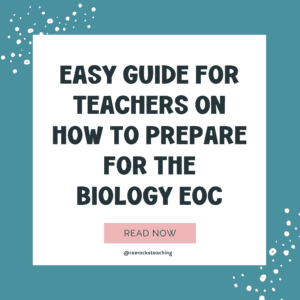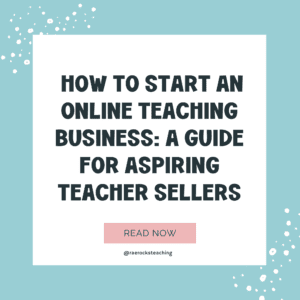Hey there, teacher friend! Today, I want to dive into the exciting realm of 7 different student-centered learning approaches that will ignite your classroom with engagement, curiosity, and joy. So, grab your favorite beverage, cozy up, and let’s get this party started!
But first…Are you looking for more ways to engage your lessons in class? Sign up for the FREE TRAINING on Flipping Learning IN-Class With Stations today!
Student-Centered Learning Benefits
Benefit 1 | Empowered Ownership and Confidence
In the realm of student-centered learning, students emerge as creators of their own education. With the freedom to explore, question, and engage, they develop a stronger sense of ownership over their learning. This empowerment translates into boosted self-confidence and a belief in their capacity to overcome challenges both inside and outside the classroom.
Benefit 2 | Personalized Mastery and Lasting Understanding
Each student is a unique learner, and student-centered learning adapts to this beautifully. Through tailored instruction and diverse learning experiences, students attain a level of mastery that’s deeply personalized. This translates into a solid foundation of understanding that’s built to withstand the tests of time.
Benefit 3 | Critical Thinking and Collaboration Elevated
Traditional memorization pales in comparison to the critical thinking prowess cultivated by student-centered learning. Engaging in real-world scenarios, students learn to analyze, evaluate, and innovate. This process of exploration naturally ushers in collaboration, enhancing their ability to work together with peers while gathering varied perspectives.
Benefit 4 | Empathy, Respect, and Open-Mindedness Cultivated
The classroom becomes a sample of society in student-centered learning environments. Through debates, discussions, and collaborative activities, students promote empathy, respect, and an open-minded outlook. They embrace diversity, understanding that every voice matters and that unity arises from appreciating differences.

-
Save
Student-Centered Learning Goals

-
Save
Goal 1 | Lifelong Learning
The overarching objective of student-centered learning is to nurture a love for learning that transcends the classroom walls. By creating curiosity and self-driven exploration, we can cultivate a generation of learners who continue to seek knowledge and growth long after their formal education.
Goal 2 | Real-World Preparedness
The rapidly evolving world demands skills beyond the confines of textbooks. Student-centered learning equips students with adaptable problem-solving, resilience, and critical thinking abilities, rendering them formidable in navigating the challenges of the 21st century.
Goal 3 | Confidence and Independence
Student-centered learning isn’t solely about acquiring facts; it’s about nurturing life skills. As students take the reins of their education, they develop self-assurance and independence. Armed with these attributes, they confidently embark on new endeavors, fortified by the knowledge that they can tackle any obstacle that comes their way.
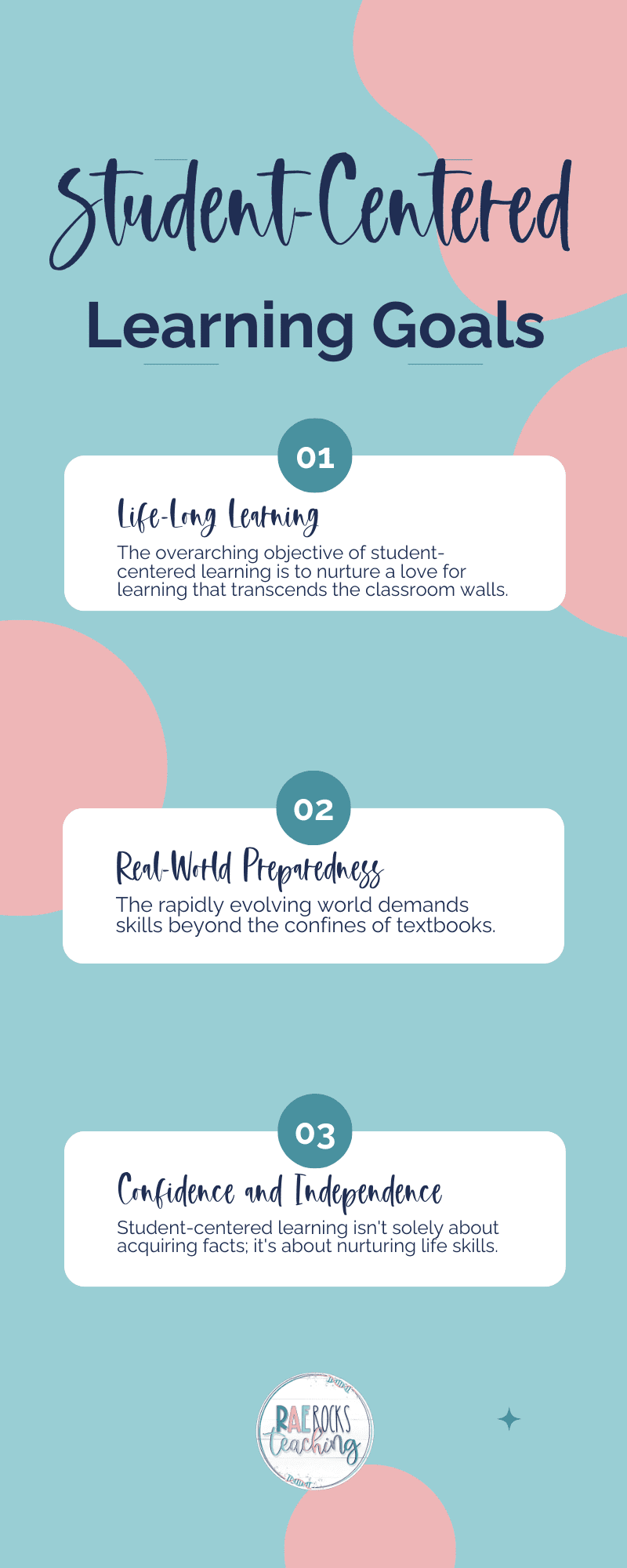
-
Save
Student Centered Learning Approaches
- Case Studies
Imagine a classroom where students are detectives, piecing together clues to solve real-world mysteries. That’s the magic of case studies! By presenting students with complex, authentic scenarios, we empower them to apply critical thinking skills, collaborate, and explore solutions to problems that mirror the challenges of the real world. Through discussions and debates, they learn not only from their own perspectives but from diverse viewpoints, enriching their understanding.
- Learning Centers
Learning centers are like mini-universes within your classroom, where students take the reins of their learning journey. These centers offer various activities, resources, and tasks that cater to different learning styles and paces. It’s a symphony of exploration, as students choose what to delve into, giving them a sense of ownership and empowerment. Not only does this approach foster independent learning, but it also lets you provide individualized support as needed.
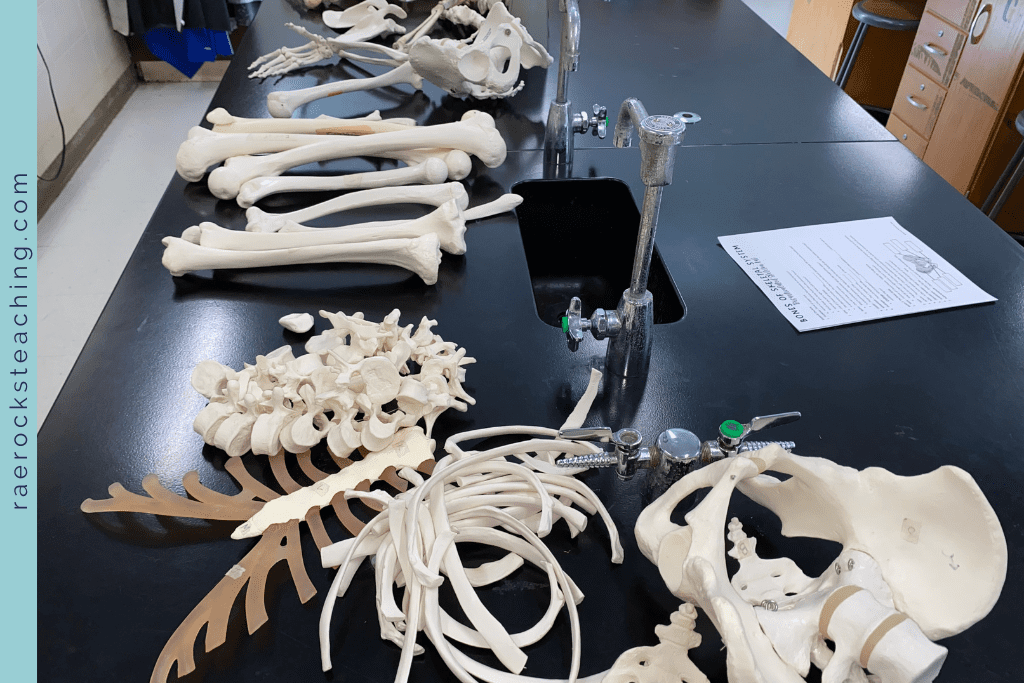
-
Save
- Experiments
Remember that magical moment when a volcano erupted in a classroom? Experiments fuel that wonder! By allowing students to hypothesize, test, and observe, we’re nurturing their innate curiosity and honing their analytical skills. Whether it’s mixing potions, dissecting a frog, or building a simple circuit, experiments bring learning to life and instill a lifelong love for discovery.
- Simulations
Buckle up, because simulations transport students into exciting learning adventures without ever leaving the classroom. From historical reenactments to virtual field trips, these immersive experiences help students grasp abstract concepts by putting them into realistic contexts. They’re not just learning about history or science; they’re actively living through it. Simulations are a powerful tool to bridge the gap between theory and reality.
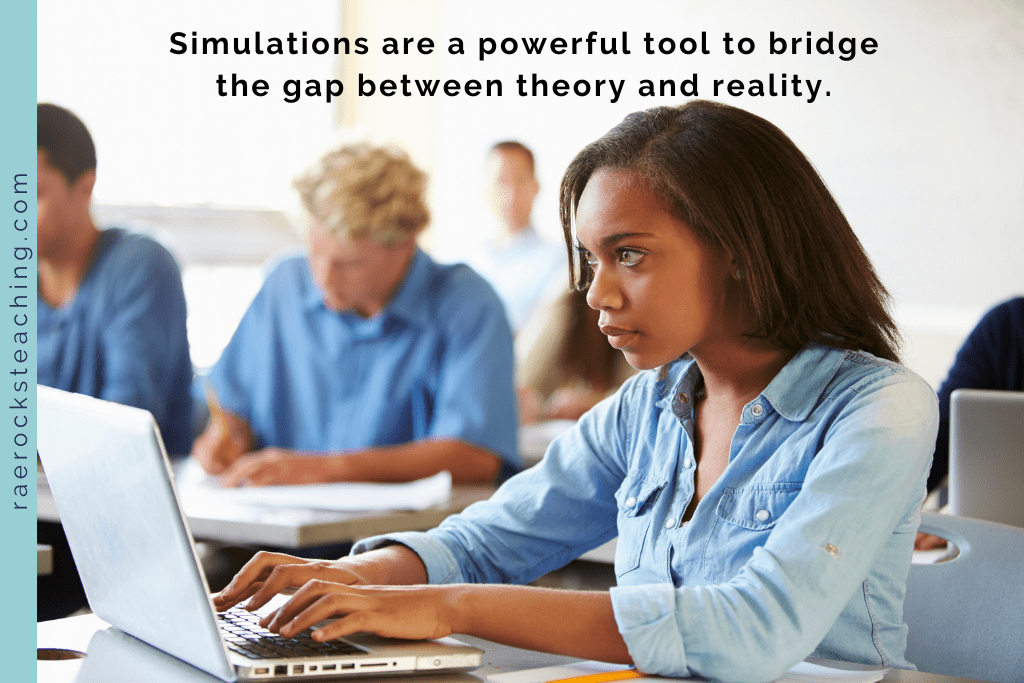
-
Save
- Labs
Labs aren’t just about donning lab coats and goggles; they’re about igniting a passion for inquiry and discovery. These hands-on experiences empower students to explore theories, test hypotheses, and tinker with materials. Whether it’s a chemistry experiment or building a model bridge, labs transform learning into an interactive adventure, fostering problem-solving skills and a deep understanding of the subject matter.
- Games
Who says learning can’t be fun? Games transform the classroom into a realm of excitement, where competition and collaboration intersect. Whether it’s a trivia quiz, a scavenger hunt, or a digital adventure, games make learning irresistible. They promote teamwork, critical thinking, and quick decision-making, all while keeping students thoroughly engaged. Plus, the element of friendly competition adds a dash of enthusiasm to the mix!

-
Save
- Projects
Picture your classroom as a workshop buzzing with creativity. Projects are the cornerstone of student-centered learning, allowing students to dive deep into their interests and showcase their mastery in unique ways. Whether it’s crafting a documentary, designing a sustainable city, or writing a compelling story, projects nurture autonomy, research skills, and a sense of accomplishment that goes beyond the confines of a textbook.
Student-Centered Learning Model
At the heart of this transformation lies a powerful model encapsulating the essence of student-centered learning:
One | Personalization
Recognize individual learning styles, interests, and paces, tailoring teaching to suit each student’s needs.
Two | Empowerment
Offer students choice, allowing them to select projects and activities that resonate with their passions and interests.
Three | Active Participation
Transition students from passive learners to engaged participants, involving them in discussions, experiments, and collaborative projects.
Four | Feedback and Reflection
Create a culture of ongoing assessment, constructive feedback, and personal reflection to fuel continuous growth.
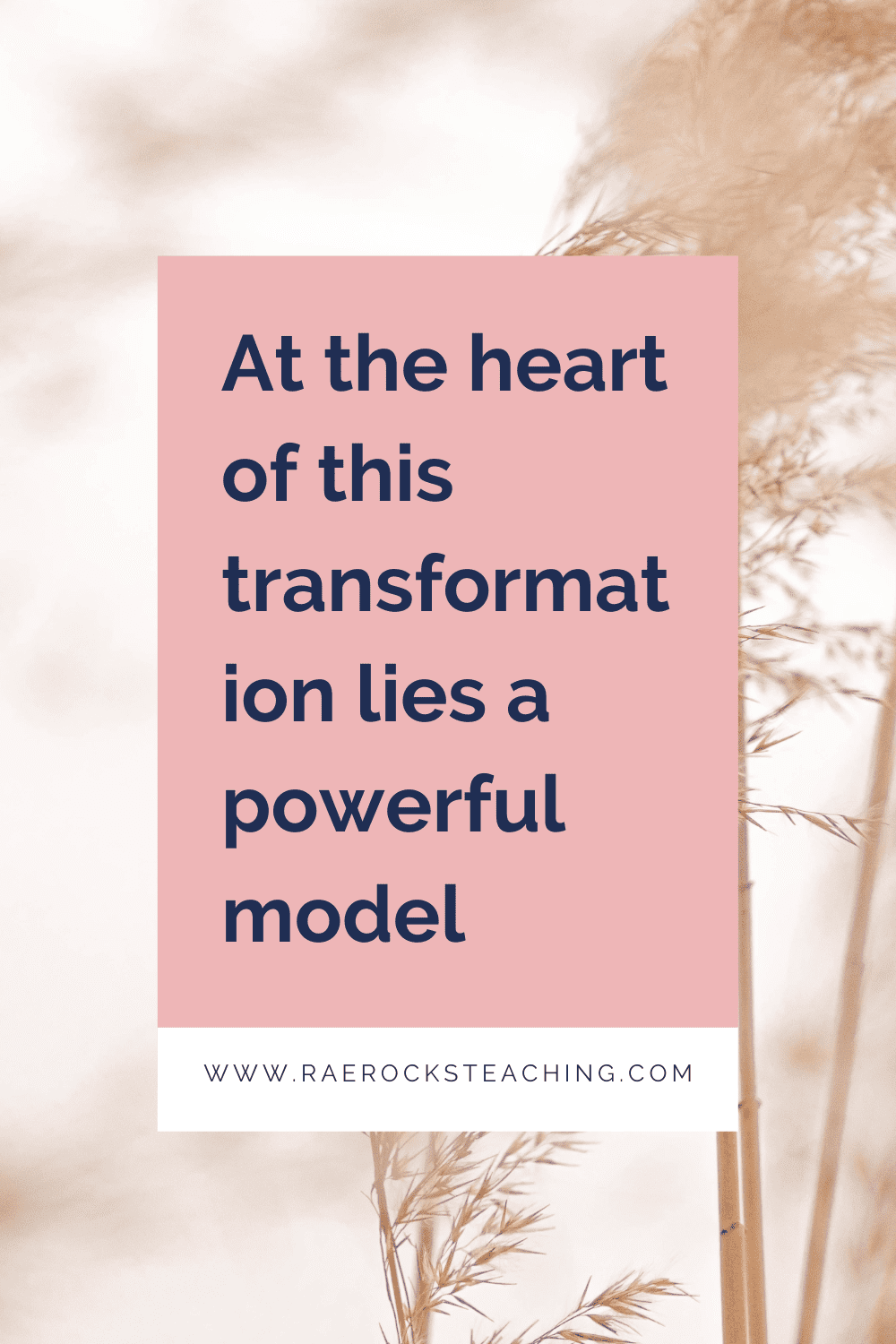
-
Save
So there you have it—seven dynamic approaches that put students at the heart of their own learning journey. Each approach weaves a unique twist of engagement, curiosity, and empowerment. Whether you’re a seasoned educator or just starting out, these strategies can help you cultivate an environment where students thrive as active learners, explorers, and creators. So, go ahead, pick one that resonates with you, and let the magic unfold in your classroom.
Stay curious, keep exploring, and until next time, happy teaching! 🌟📚🎉
Don’t forget to Sign up for the FREE TRAINING on Flipping Learning IN-Class With Stations!

-
Save
I love sharing helpful content with y’all and would love to connect on IG or Facebook. I’m on TikTok too! Follow me and send me a DM with what you need more of because I’m here to help! If you are looking for even more inspiration, find me on Pinterest!
Wanna read more?
7 Fun Learner-Centered Instructional Methods Assessing for Learning
10 Project Based Learning Examples To Get Your Anatomy Students Fired Up
Share via:

